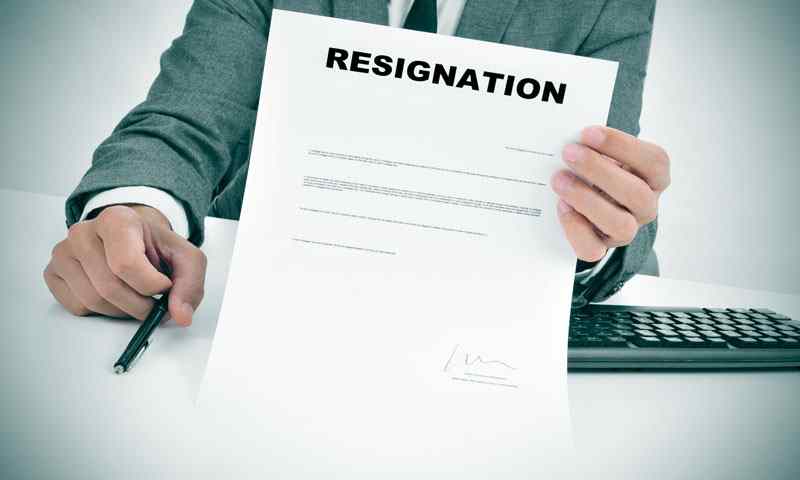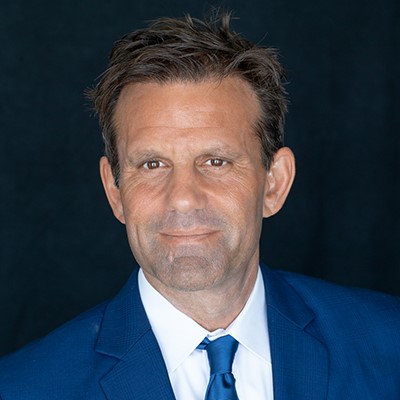
And of course, lawyers in pay of Goldman have also found technical questions of law: They argue that the 2nd Circuit allowing the NECA-IBEW Health & Welfare fund to move ahead with the class action on behalf of investors, though the NECA-IBEW did not own any of the controversial mortgages, conflicts with a precedent from the federal appeals court in Boston. In that case, which the federal court in Boston had held that a plaintiff could not pursue claims on behalf of a class that it could not bring by itself.
Former U.S. solicitor general Theodore Olson, who is representing Goldman, said “In the context of mortgage-backed securities litigation in which this case arises, the decision will effectively increase by tens of billions of dollars the potential liability that financial institutions face in this and similar class actions … Moreover, the new standard threatens to expand the scope of class actions in many other areas of the law.”
Of course, if allowed, such standards would highly jeopardize and handicap the abilities of players from Wall Street to bilk citizens (moneybags), and would be inordinately unfair to those who possess self-asserted rights to have the money of have-nots.











































